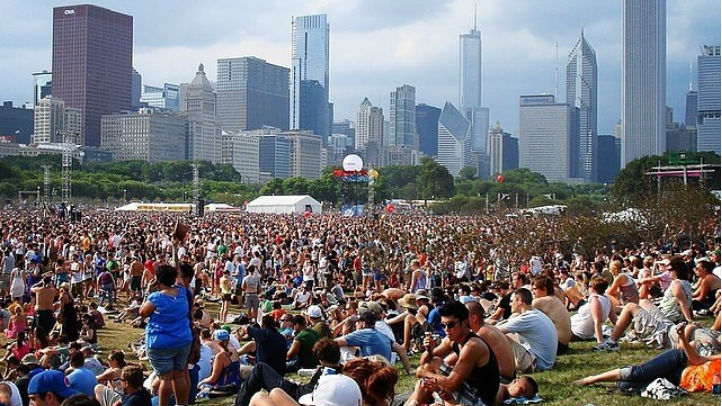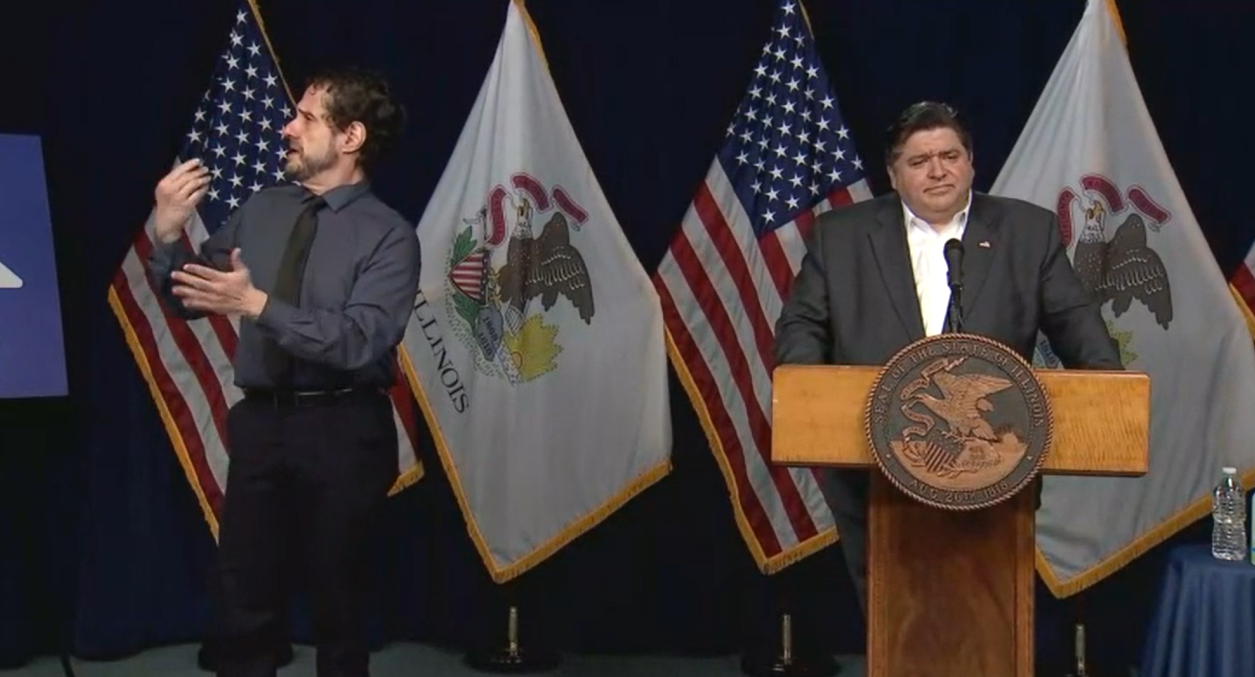Illinois is currently in its second phase of reopening, and the state could enter the third phase in the coming weeks, Gov. J.B. Pritzker announced Tuesday.
"We have to figure out how to live with COVID-19 until it can be vanquished – and to do so in a way that best supports our residents’ health and our healthcare systems, and saves the most lives," Pritzker said Tuesday.
Pritzker says the plan will operate on a "region-by-region basis" and can be updated as the situation across the state develops. (Read the full plan below)
"Restore Illinois is a public health plan to safely reintroduce the parts of our lives that have been put on hold in our fight against COVID-19," he said. "This is also a data-driven plan that operates on a region-by-region basis, a recognition that reality on the ground looks different in different areas of our state."
According to Pritzker, Illinois began phase two of its reopening plan on May 1, when a modified order took effect allowing some businesses to reopen. The earliest any location can begin entering phase three will be May 29, he said.
Here's a look at the five phases Pritzker outlined to reopen:
Phase 1 – Rapid Spread:
What it means: This phase takes place when the rate of infection among those tested and the number of patients admitted to the hospital is high or rapidly increasing.
When it begins: Every region has experienced this phase once already and could return to it if mitigation efforts are unsuccessful.
What is allowed: Only essential businesses remain open.
Restrictions: Strict stay-at-home and social distancing guidelines are put in place.
Phase 2 – Flattening:
What it means: The rate of infection among those tested and the number of patients admitted to the hospital beds and ICU beds increases at an ever slower rate, moving toward a flat and even a downward trajectory.
When it begins: This phase began in Illinois on May 1, when a modified stay-at-home order took effect. To varying degrees, every region is experiencing flattening as of early May.
What is allowed: Non-essential retail stores reopen for curb-side pickup and delivery. Residents can begin enjoying additional outdoor activities like golf, boating and fishing while practicing social distancing.
Restrictions: Illinoisans are directed to wear a face covering when outside the home.
Phase 3 – Recovery:
What it means: The rate of infection among those tested, the number of patients admitted to the hospital, and the number of patients needing ICU beds is stable or declining.
When it begins: Healthcare regions that meet certain thresholds over the next few weeks will be able to move to Phase 3. The earliest a region can move to Phase 3 is May 29.
What is allowed: Manufacturing, offices, retail, barbershops and salons can reopen to the public with capacity and other limits and safety precautions. All gatherings limited to 10 or fewer people are allowed.
Restrictions: Face coverings and social distancing are the norm.
Phase 4 – Revitalization:
What it means: The rate of infection among those tested and the number of patients admitted to the hospital continues to decline.
When it begins: In order to begin phase four, a region would need to see continued declines in its positivity rate and hospitalizations and maintain surge capacity.
What is allowed: All gatherings of up to 50 people are allowed, restaurants and bars reopen, travel resumes, child care and schools reopen under guidance from the IDPH.
Restrictions: Face coverings and social distancing are the norm.
Phase 5 – Illinois Restored:
What it means: With a vaccine or highly effective treatment widely available or the elimination of any new cases over a sustained period, the economy fully reopens with safety precautions continuing.
When it begins: The only way Phase 5 will begin is with a vaccine, or a widely available and highly effective treatment, or with the elimination of any new cases over a sustained period.
What's allowed: Conventions, festivals and large events are permitted, and all businesses, schools, and places of recreation can open.
Restrictions: New safety guidance and procedures will be in place reflecting the lessons learned during the COVID-19 pandemic.
Read the full plan below.



